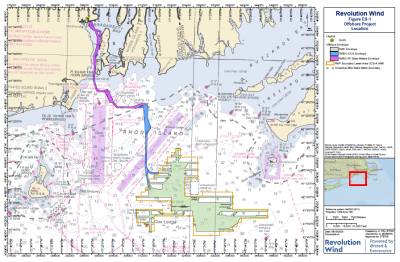When my friend Jake Beattie first told me about his Race to Alaska idea, I thought it sounded great but I wasn’t overwhelmingly interested. My focus is on workboats, and trying to make good choices as a professional mariner.
My sailing experience is decent but when it comes to rowing, paddling or pedaling, I’m pretty green. Winter came and while I wasn’t paying attention, the idea went viral in the sail and adventure racing world. So much that the Seattle Times, Huffington Post, and The New York Times picked up the story. Soon there were people from Germany, Australia, and points beyond and between logging onto the Race to Alaska website and Facebook page. I live in the town that hosts the race, and I run the social media for the event. People asked me if I was racing. My response was always, “No way! I’m not crazy!”
What makes the Race to Alaska crazy is that it’s a 750-mile unsupported, engineless boat race that includes passing through Seymour Narrows, Johnstone Strait, and across Dixon Entrance. Pushing through those areas on a tiny human-powered craft, possibly in bad weather, sounded like an imprudent choice. This year it began in Port Townsend on June 4, and any boat that didn’t make it to Ketchikan by July 4 was disqualified. The race was designed to be unpredictable; the Inside Passage in late spring can be stormy at times, glassy calm, and everything in between. Therefore, a sailboat might not be a sure thing. It was also designed for dirtbags: ocean adventurers who think it’s “fun” to live in a small open boat for weeks on end, eating out of cans and using a bucket as a toilet. If you already have a worthy boat and the minimum required safety equipment posted on Canada’s site for boating safety, you’re looking at less than $1,000 for participating.
The winning team made it in five days under sail, due to what many considered unusually high and consistent winds. But the event was hardly over. In fact, after the race was already won, the personalities of each team and their fans began shining through via social media, print and video interviews, and reported interactions with residents along the Inside Passage. The focus was now about things like why one team chose a particular route (as viewed on the live tracker), stories about fans bringing food to the beach for racers passing by, dismastings, how funny Dan Blanchard’s videos were, how Teams Sea Runners and Puffin decided to turn it into “Pub Crawl to Alaska,” camping together along the route, and where was solo Mike on his kayak last seen? It was the best kind of “reality” entertainment I’d ever witnessed. Even more heartening was how fans and fellow teams cheered on the stragglers. The stragglers brought everyone together. I was sold on this event.
So now I have a team. There are 22 of us training (several are alternates) on how to row a 33’ schooner rigged long dory – somewhat similar to Captain Bligh’s launch, or what Outward Bound uses for expeditions. Our vessel’s name is EPIC and our sister team plans on using a long dory named ONWARD. Both teams are full of people with Coast Guard licenses and a ton of professional maritime experience, including a fishboat captain, a wilderness guide and paramedic, and even a Southeast Alaska pilot trainee. With team members like ours, I no longer see this challenge as “crazy.” I see it as one of the most exciting goals I have ever pursued.
The 2016 race starts on June 23 -- learn more about it here.




